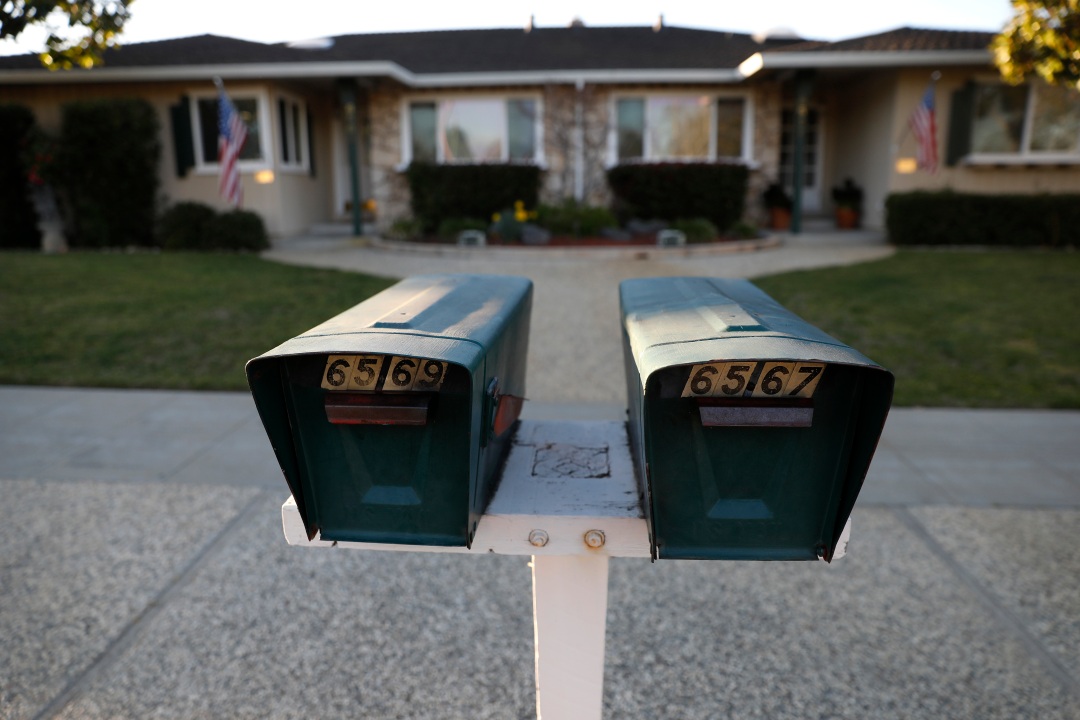“We need to start having more creative discussions about ways that we can really lean into the law and enhance the potential of SB 9,” said Mathew Reed, Director of Policy for SV@Home. “There are really creative ideas that are just coming together about how to make it accessible for lower-income homeowners who don’t have the tremendous amount of money and would really benefit from additional resources. It’s exciting to see and it’s a conversation that will really mature and jell over time. SB 9 is just one piece of the puzzle, and we need to try to figure out how this can be a tool to expand affordable options,” Reed added. “I don’t think anyone should be surprised that three months in, it’s not a tidal wave, and I don’t think that was ever the expectation. We believe this will take some time, and there are barriers that need to be addressed as potential developers wade in.”
SV@Home is a member of San Jose Neighborhoods for All, the coalition of more than 30 housing advocacy nonprofits, social and racial justice groups, and leading environmental organizations who supported the passage of SB 9, which allows property owners to split a single-family lot and add a second home or divide the lot into two and place duplexes on each.
BY: Aldo Toledo┃San Jose Spotlight
PUBLISHED: April 3, 2022 6:23 am
Three months after California’s lot-splitting bill went into effect, striking fear among those who cherish the tradition of single-family zoning, homeowners in the Bay Area’s major cities aren’t rushing to build duplexes or additional houses on their properties.
Senate Bill 9, which was signed into law by Gov. Gavin Newsom in September and took effect Jan. 1, is supposed to make it easier for some Californians to build more than one home on large lots without having to run through a gauntlet of public hearings and organized neighborhood opposition.
The law is the latest tool the state has latched onto in its determined effort to tackle a dire shortage of homes at affordable prices. It allows property owners to split a single-family lot in two, add a second home or place duplexes on each lot. As a result, some lots previously limited to one single-family house now can accommodate as many as four housing units.
So far, however, it appears most homeowners are either not interested or are biding their time to see how the law will shake out, what kind of development guidelines their cities establish or how much it would cost to build.
Even in Redwood City, which has been a leader in housing production on the Peninsula, not a single lot-splitting application has been submitted. And In Palo Alto, which has a notorious reputation as a NIMBY city, the one application submitted soon after SB 9 kicked in was recently withdrawn. Cupertino meanwhile has “received numerous inquiries but we have not received any formal applications yet,” according to a city spokeswoman.
In San Jose, the Bay Area’s largest city where almost 95% of lots are designated single-family, planners haven’t heard a peep from homeowners about splitting parcels. It’s the same story in Fremont, a city whose large single-family plots would seem primed for an extra dwelling here or a duplex there.
And in Concord, just two potential applicants have made inquiries about building second homes on their lots, but thus far haven’t turned in any formal applications.
So what happened to the great land rush some SB 9 critics feared would ruin the American dream of a big house with a bright green lawn in front and a vast backyard?
“Basically, planners say what we’re experiencing is that homeowners find it will be expensive and likely not financially feasible for most of them,” San Jose city spokeswoman Cheryl Wessling said. Referring to a recent city analysis that concluded SB 9’s impact would be minimal, she said “the prediction of that report appears to be holding true.”
For housing advocates, the lack of early applications isn’t a cause to fret. No one expected SB 9 by itself to be the panacea that ends a housing crisis exacerbated over the past two decades by rising construction costs and soaring home sale prices.
Indeed, a 2021 study by the Terner Center for Housing Innovation at UC Berkeley estimated that just 5.4% of the state’s single-family lots could be eligible for development under SB 9, resulting in the potential construction of 714,000 new homes. But researchers expect actual construction will be much less.
The market is “still trying to get its head around SB 9” and there are barriers that need to be addressed as potential developers wade in, said Matthew Reed, policy director for the housing advocacy group Silicon Valley at Home.
“There’s a lot of complexity around how to make the decision to split a lot, and because it is a new model, there’s all kinds of complexity around financing and making sure the different pieces of the industry are lined up to make it work,” Reed said.
“I don’t think anyone should be surprised that three months in, it’s not a tidal wave, and I don’t think that was ever the expectation,” he added. “We believe this will take some time.”
Redwood City Mayor Giselle Hale said she isn’t surprised that SB 9 and other state laws passed in recent years to spur housing production haven’t yet led to a deluge of new homes.
“They all layer on top of each other but none of them by themselves are really that consequential,” Hale said. “(Granny flats) had the same reaction at first, and we’re not seeing the types of numbers that are truly shifting neighborhoods. Laws like SB 9 give homeowners options for their lots. There was a lot of fear about SB 9, but the numbers just aren’t bearing out that concern.”
Hale said only a couple hundred lots could be developed in Redwood City under SB 9 and from what she understands, homeowners are finding it’s just not financially feasible or worthwhile to try to build another unit on their properties, let alone a few.
In Santa Clara County’s 15 cities including San Jose, the Terner Center estimates approximately 30,500 of 331,000 single-family parcels are “market-feasible for new units.”
Wessling, San Jose’s spokeswoman, said the city is developing a process for SB 9 applications and working to educate homeowners about their options. Even so, it hasn’t yet received any serious queries, she noted.
San Jose’s effort to work with the law instead of trying to circumvent it like some other cities has drawn praise from housing advocates.
“Some cities are doing great, but others are taking advantage of the opportunity to make it more difficult for homeowners,” Silicon Valley at Home’s Reed said.
The Woodside Town Council recently drew a fair amount of scorn when it declared its community a mountain lion sanctuary in an effort to skirt the law. After being called out by state Attorney General Rob Bonta for that maneuver, the council backed off.
Pasadena meanwhile designated vast swaths of properties as “landmark districts” to exempt them under SB 9’s historical preservation provision from potentially being split, a move that Bonta quickly slapped down in a scathing letter last month.
Reed said the law’s biggest flaw is giving local jurisdictions too much say in how to implement it.
“We need to start having more creative discussions about ways that we can really lean into the law and enhance the potential of SB 9,” Reed said. “There are really creative ideas that are just coming together about how to make it accessible for lower-income homeowners who don’t have the tremendous amount of money and would really benefit from additional resources. It’s exciting to see and it’s a conversation that will really mature and jell over time.
“SB 9 is just one piece of the puzzle, and we need to try to figure out how this can be a tool to expand affordable options,” Reed added.

